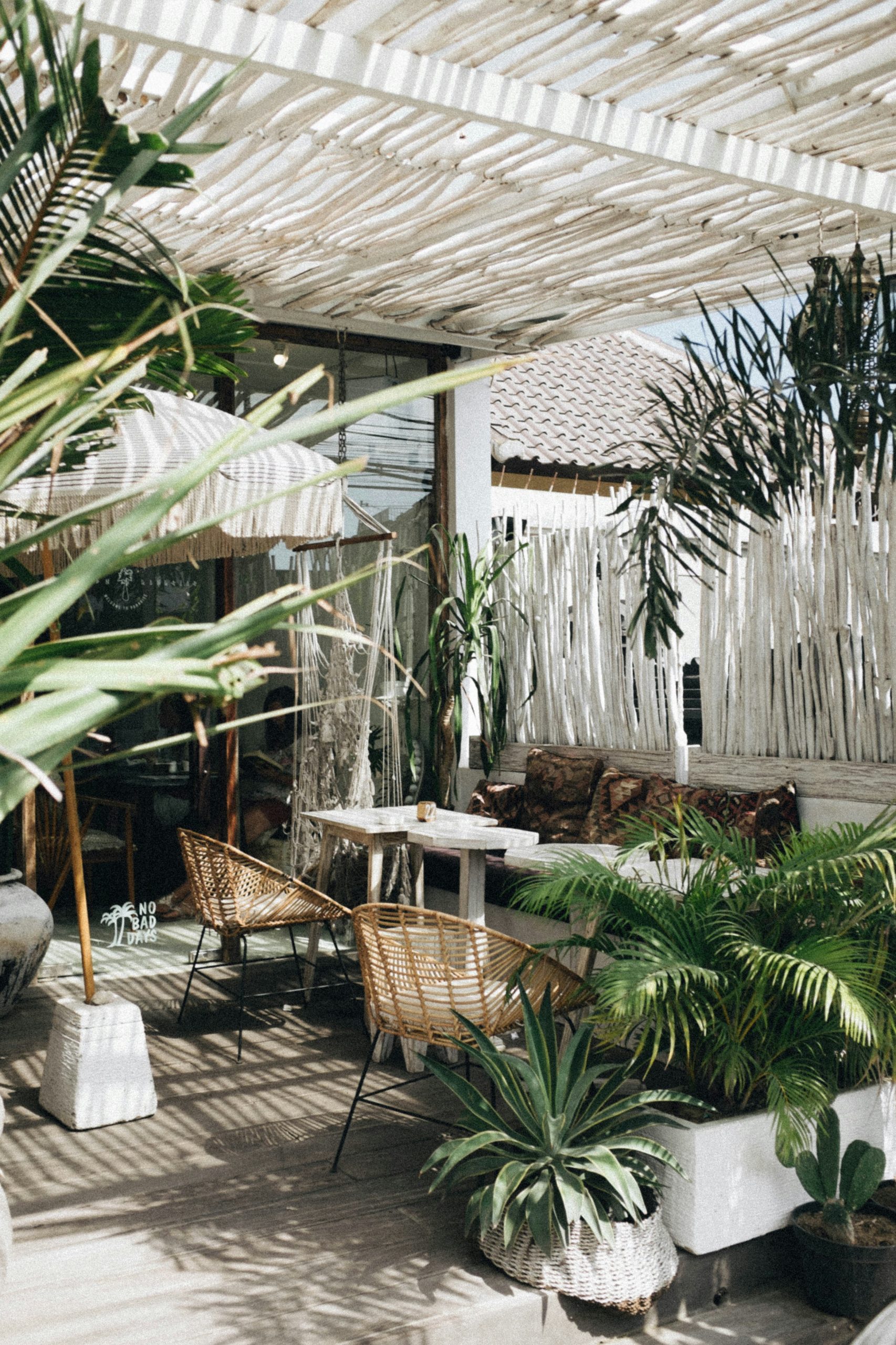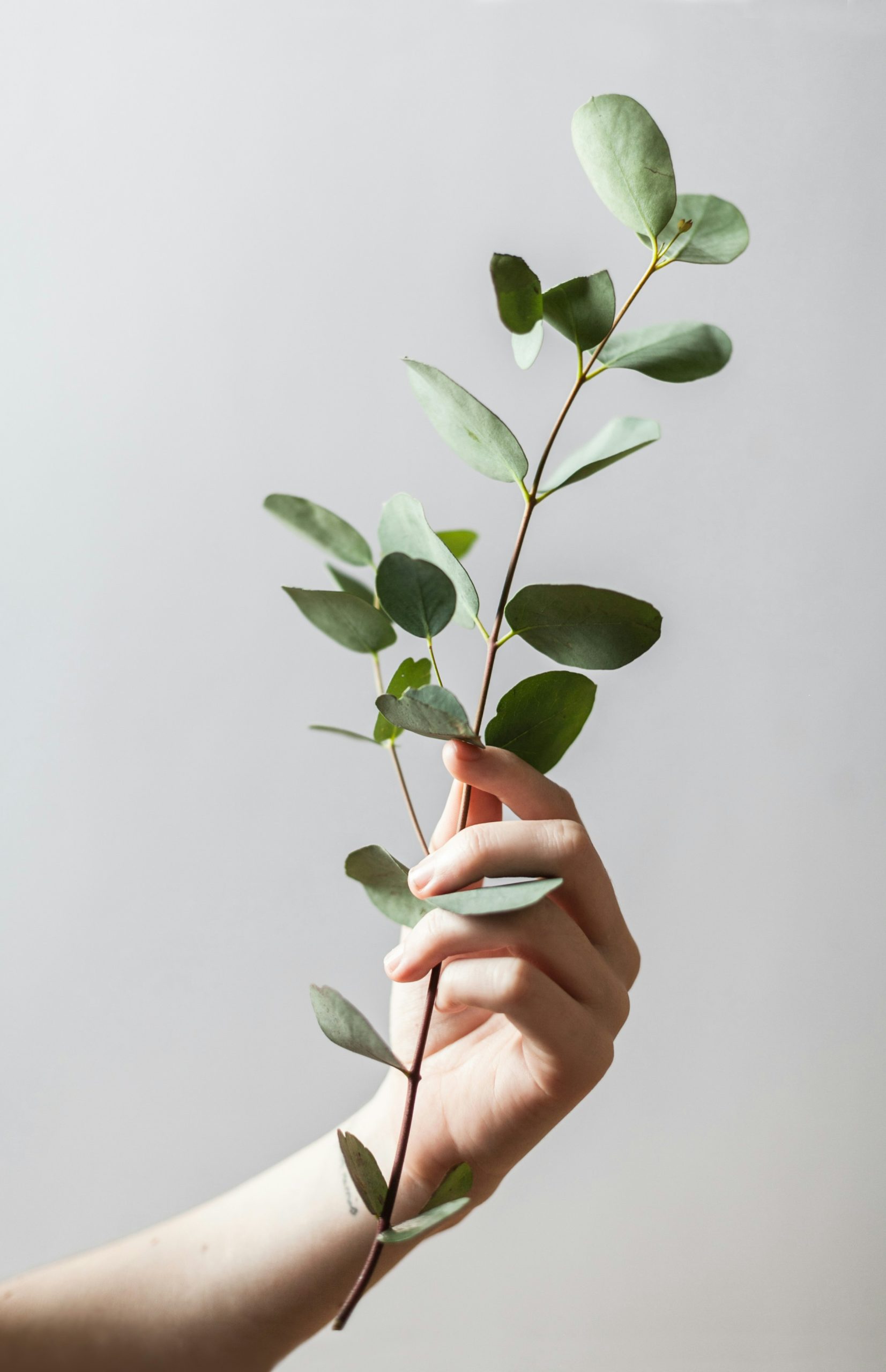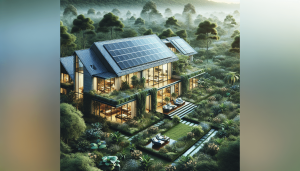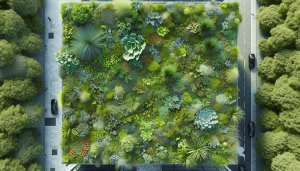In our quest to create environmentally friendly and sustainable homes, we must prioritize water conservation as a fundamental aspect of home design. Incorporating efficient fixtures, innovative landscaping techniques, and mindful water usage can make a significant difference in reducing our overall water footprint. By embracing these best practices, we not only preserve this precious resource for future generations but also contribute to a healthier planet. Join us as we explore the most effective strategies for integrating water conservation into our home designs, making our living spaces both beautiful and responsible. Have you ever wondered what the best practices for water conservation in home design are? Water is a precious resource, and as we become more environmentally conscious, it’s essential to consider ways to conserve water in our homes. In this article, we’ll break down some of the most effective strategies for water conservation that we can incorporate into our home design. We’ll cover everything from efficient fixtures to landscaping tips, ensuring we have a comprehensive understanding of how to save water and energy.

Understanding the Importance of Water Conservation
Water conservation is not just about saving money on our utility bills; it’s about preserving one of the most vital resources for future generations. Freshwater resources are limited, and with increasing population and industrial demands, water conservation has become crucial.
Why Conserve Water?
Conserving water helps reduce the energy required to process and deliver it to our homes. It also minimizes the need for water treatment facilities and the associated environmental impact. By saving water, we contribute to the sustainability of our environment, protect natural habitats, and ensure that future generations can enjoy clean water.
The Environmental Impact
Water conservation helps reduce the strain on our natural water bodies. Over-extraction of water from rivers, lakes, and groundwater sources can lead to ecological imbalances. By using less water, we ensure that ecosystems remain healthy and resilient.
Efficient Fixtures and Appliances
One of the easiest ways to start conserving water in home design is by choosing efficient fixtures and appliances. Modern technology has provided us with numerous options that significantly reduce water usage without sacrificing functionality.
Low-Flow Toilets
Low-flow toilets use significantly less water per flush compared to traditional models. While older toilets can use up to 7 gallons per flush, low-flow models use as little as 1.28 gallons per flush. This can lead to substantial water savings over time.
Faucet Aerators
Faucet aerators are simple devices that can be attached to the end of taps to reduce water flow while maintaining pressure. They mix air with water, creating a steady stream that uses less water overall. It’s a cost-effective way to save water without installing new faucets.
High-Efficiency Showerheads
High-efficiency showerheads reduce water flow while maintaining a powerful shower experience. These showerheads can save thousands of gallons of water per year. Look for models with a WaterSense label, indicating they meet the EPA’s criteria for water efficiency.
Water-Efficient Appliances
Water-efficient appliances like washing machines and dishwashers are designed to use less water per cycle. Energy Star-rated appliances, for example, are not only energy-efficient but also use less water, saving both water and energy in the long run.
Table: Comparison of Water Usage for Appliances
| Appliance | Traditional Model (Gallons/Cycle) | Efficient Model (Gallons/Cycle) |
|---|---|---|
| Washing Machine | 40 | 15 |
| Dishwasher | 10 | 4 |
| Toilet (Per Flush) | 7 | 1.28 |
| Showerhead (Per Min) | 2.5 | 1.5 |
Landscaping for Water Conservation
Outdoor water use accounts for a significant portion of our household water consumption. By designing our landscapes with water conservation in mind, we can reduce this considerably. Let’s explore how we can create a beautiful yet water-efficient garden.
Xeriscaping
Xeriscaping involves designing landscapes in a way that reduces or eliminates the need for irrigation. By using drought-resistant plants and minimizing lawn areas, we can maintain a lush garden without excessive water use.
Native Plants
Using native plants in our landscaping is an excellent strategy for water conservation. Native plants are adapted to the local climate and soil conditions, requiring less water and maintenance compared to exotic species.
Efficient Irrigation Systems
Investing in efficient irrigation systems can make a big difference in water consumption. Drip irrigation, for example, delivers water directly to the plant roots, reducing waste and evaporation. Additionally, installing a smart irrigation controller ensures that our garden gets watered only when necessary.
Mulching
Mulching helps retain soil moisture, reduces evaporation, and controls weeds. By applying a layer of mulch around plants, we can keep the soil cool and moist, reducing the need for frequent watering.
Table: Benefits of Landscaping Practices
| Practice | Water Savings | Other Benefits |
|---|---|---|
| Xeriscaping | High | Low maintenance, cost-effective |
| Native Plants | Medium | Supports local wildlife, low maintenance |
| Drip Irrigation | High | Reduces runoff, precise watering |
| Mulching | Medium | Improves soil health, prevents erosion |
Rainwater Harvesting
Rainwater harvesting is an ancient practice that has gained renewed interest in modern times. By collecting and storing rainwater, we can supplement our household water supply and reduce reliance on municipal water sources.
Rain Barrels
Rain barrels are a simple and effective way to collect rainwater from roofs. These barrels can be connected to downspouts, and the collected water can be used for watering plants, washing cars, and other non-potable uses.
Cisterns
For larger-scale rainwater harvesting, cisterns are a great option. Cisterns can be installed above or below ground and have a larger capacity than rain barrels. They are ideal for households with higher water demands or extensive gardens.
Rooftop Collection Systems
Rooftop rainwater collection systems are designed to capture and filter rainwater for indoor use. This water can be used for flushing toilets, laundry, and even drinking if properly filtered and treated.
Table: Rainwater Harvesting Methods
| Method | Capacity | Best Use Cases | Installation Complexity |
|---|---|---|---|
| Rain Barrels | Low | Small gardens, outdoor use | Easy |
| Cisterns | High | Large gardens, household | Moderate to complex |
| Rooftop Collection | Variable | Indoor use, potable water | Complex |

Greywater Systems
Greywater systems allow us to reuse water from our sinks, showers, and washing machines for irrigation and other non-potable purposes. This reduces the demand for fresh water and can significantly lower our overall water consumption.
What is Greywater?
Greywater is wastewater from household activities, excluding water from toilets (which is considered blackwater). It includes water from sinks, showers, bathtubs, washing machines, and dishwashers. While not potable, greywater can be treated and reused for irrigation and flushing toilets.
Benefits of Greywater Systems
Implementing a greywater system has several benefits. It reduces the strain on our sewage systems, provides an additional water source for irrigation, and minimizes our overall water usage. Moreover, using greywater for irrigation can enhance soil quality and promote plant growth.
How to Install a Greywater System
Installing a greywater system can range from simple to complex, depending on our needs and existing plumbing. It typically involves diverting greywater from drains to a filtration and distribution system that directs the water to our garden or landscape.
Table: Greywater System Components
| Component | Function | Installation Considerations |
|---|---|---|
| Diverter Valve | Redirects greywater from drains to the system | Easy to install |
| Filtration Unit | Filters contaminants from greywater | Necessary for preventing clogs |
| Distribution System | Distributes filtered greywater to irrigation areas | Can be complex, requires planning |
Smart Water Management Practices
Incorporating smart water management practices into our daily lives can further optimize water conservation efforts. By being mindful of our water use and implementing simple habits, we can substantially reduce our water footprint.
Regular Maintenance
Regular maintenance of our plumbing systems, fixtures, and appliances ensures they operate efficiently. Checking for leaks, cleaning filters, and replacing worn-out parts can prevent water wastage and improve performance.
Water-Saving Habits
Adopting water-saving habits can make a significant impact. Simple actions like turning off the tap while brushing teeth, taking shorter showers, and using a broom instead of a hose to clean driveways can save hundreds of gallons of water annually.
Monitoring Water Usage
Installing a water meter helps us monitor our water usage and identify areas where we can improve. Many modern meters provide real-time data and can alert us to leaks or unusually high water consumption.
Smart Home Technology
Smart home technology, such as smart irrigation controllers and leak detection systems, can automate water management and provide insights into our water usage patterns. These devices help us make informed decisions and avoid unnecessary water waste.

Conclusion
Incorporating water conservation practices into our home design is not only beneficial for our wallets but also essential for the environment. By choosing efficient fixtures, designing water-smart landscapes, harvesting rainwater, and utilizing greywater systems, we can significantly reduce our water consumption. Additionally, adopting smart water management practices and habits can further optimize our efforts. Let’s make a conscious effort to conserve water in our homes, ensuring a sustainable future for ourselves and generations to come.
By implementing these best practices, we can create homes that are not only beautiful and functional but also environmentally friendly. Together, let’s lead the way in water conservation and make a positive impact on our planet.



